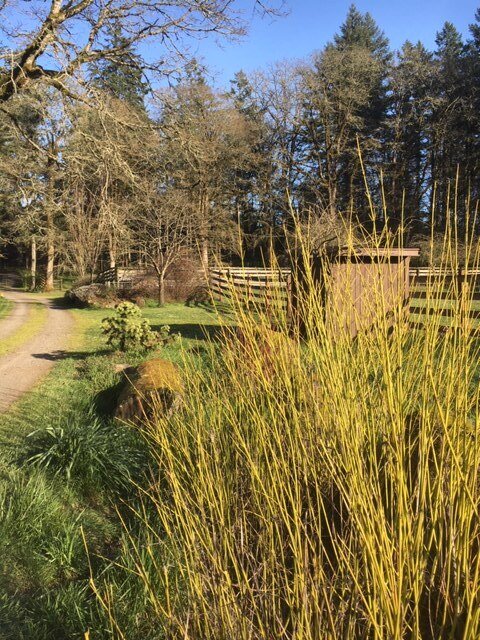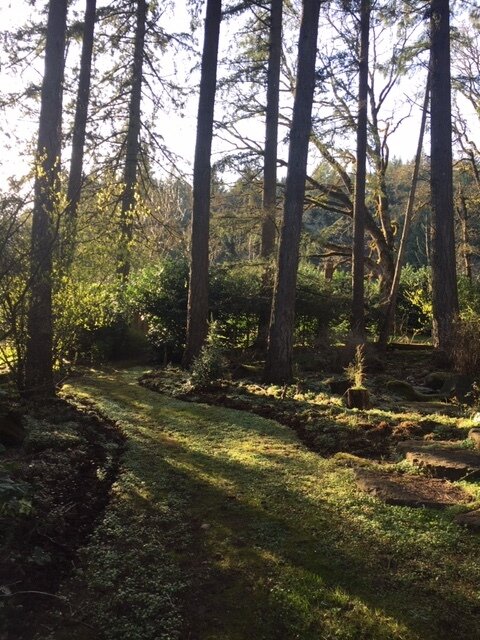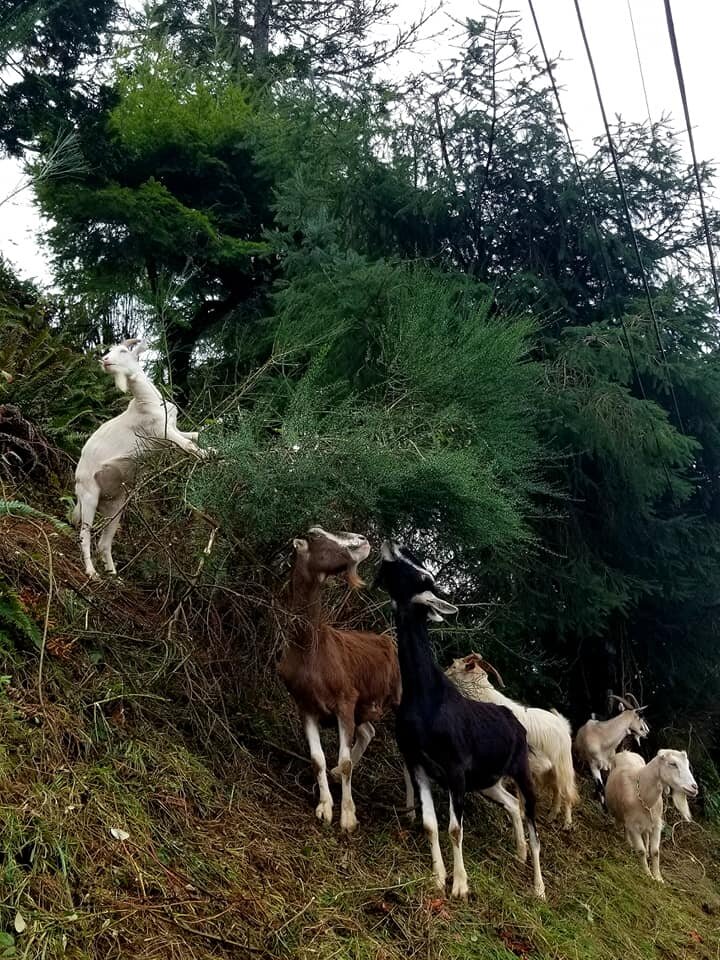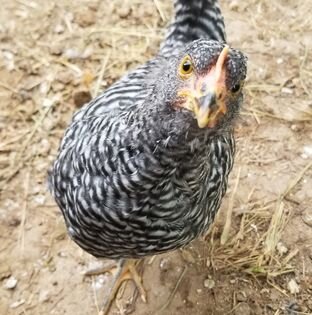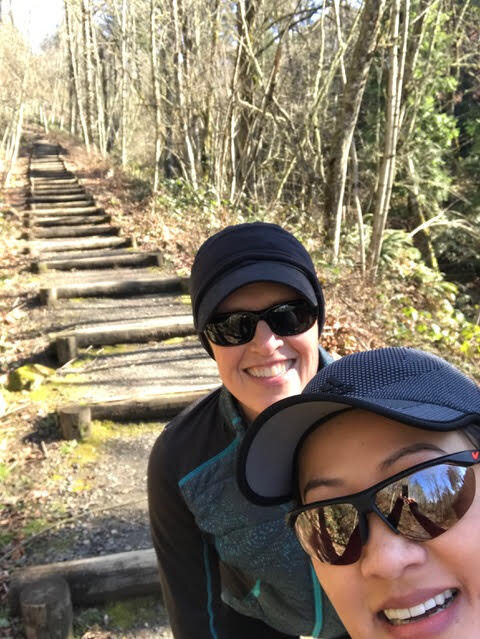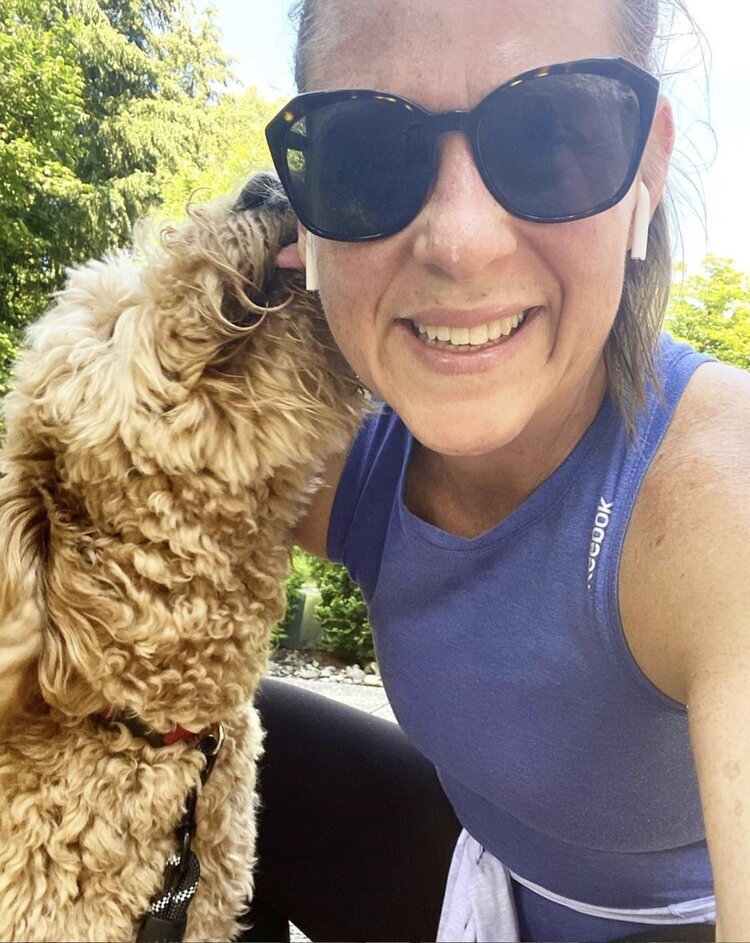For 20 years, Street Roots vendors have been a steady presence on Portland’s streets, selling a weekly tabloid that gives voice to the concerns of our unhoused neighbors and the people who care about them – and provides the vendors with a small income as well. But when the coronavirus pandemic hit in March, Street Roots stopped printing and selling the paper out of concern about spreading the virus.
But how could vendors replace their income? Street Roots created an innovative Coronavirus Action Team that began paying vendors to do essential jobs during this public health crisis. Over the next five months, more than 140 people received stipends for jobs such as outreach to unhoused people.
Now, thanks to a $50,000 grant from ninety-nine girlfriends, that initiative has become the Street Roots Ambassador Program. “The grant came at just the right moment,” says Raven Drake, Ambassador Program manager. Drake is a former medic who created a medical tent when the pandemic began at the edge of Interstate 5 to care for and isolate virus-stricken people from the tent camps. Drake began to advise the Multnomah County Health Department on how to communicate accurate information about COVID-19 to unhoused people and formed a team to deliver it. During lockdown, the team also delivered mail to hundreds who used the Street Roots address, signed people up for federal stimulus checks, assisted with the U.S. Census and ran pop-up voter registration centers.
Drake’s vision for the Ambassador Program is focused on developing income-producing work for Street Roots members by creating partnerships with organizations like the City of Portland, Multnomah County, Portland State University and the Joint Office of Homeless Services. An early success was conducting a survey on homelessness designed by PSU. Street Roots members’ canvassing resulted in hundreds more survey responses than in previous years, an increase in information that may lead to better public policy.
A contract is pending for hygiene-based surveys for the City of Portland Homelessness Research & Action Collaborative, and Drake is also pursuing partnerships with neighborhood and business organizations and others who can use the talents and skills of Street Roots members in communications, de-escalation training, art, theater and storytelling and other fields.
“People on the streets have as many skills and capabilities as anyone else,” comments Drake. “The grant from ninety-nine girlfriends is transformative. We are treating it as a project grant, to expand, diversify and build capacity for our Ambassadors.”
— Heidi Yorkshire



